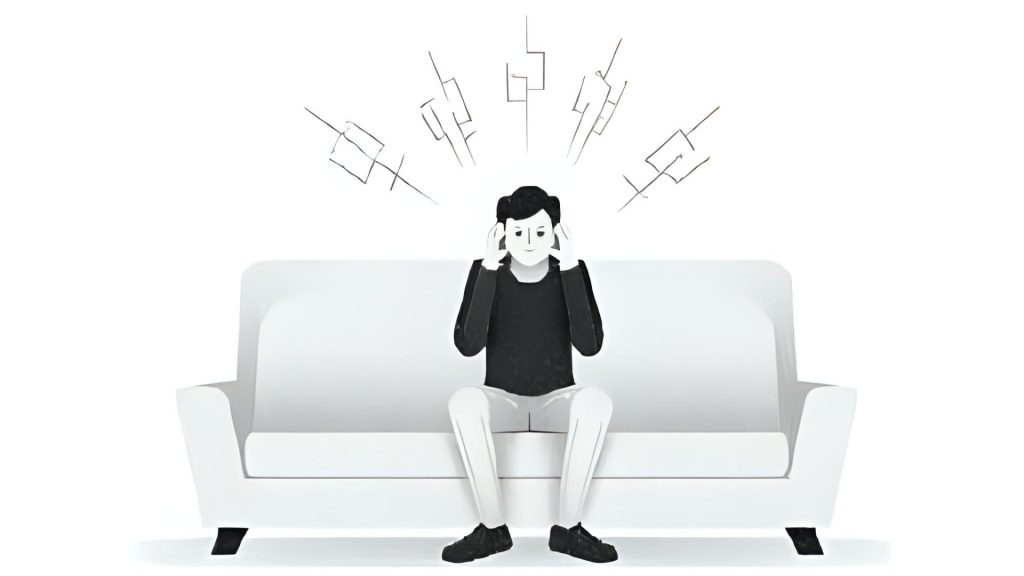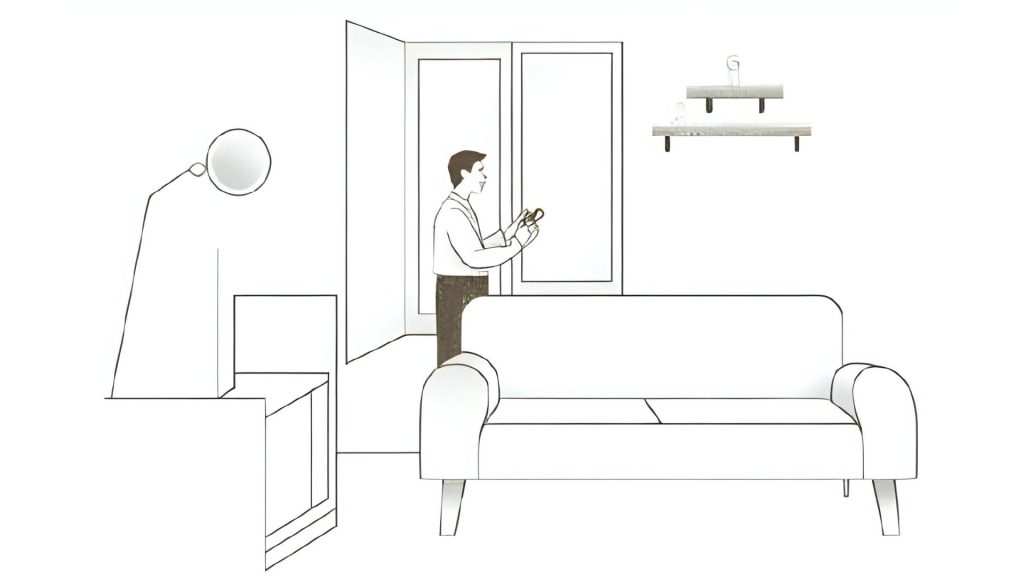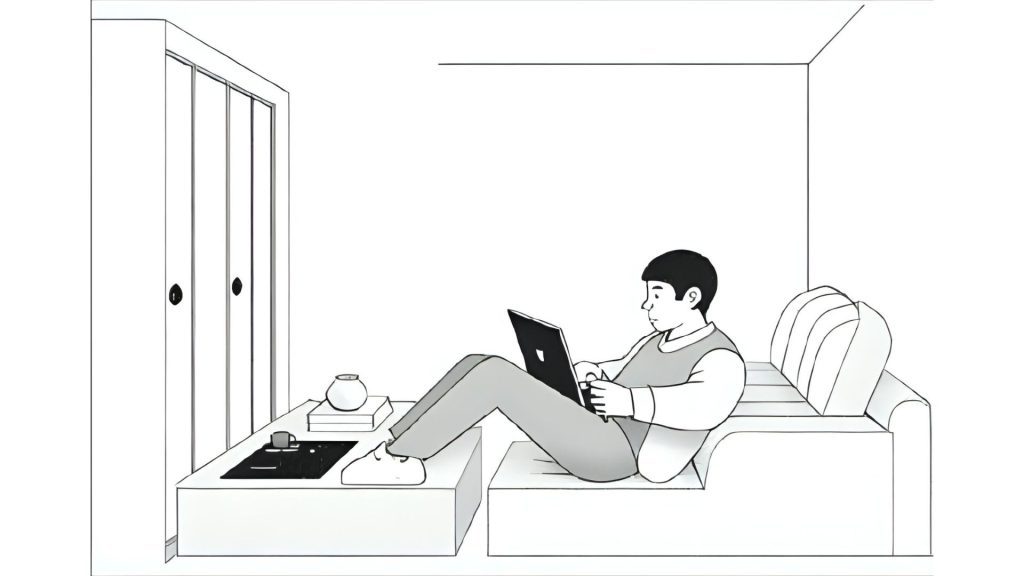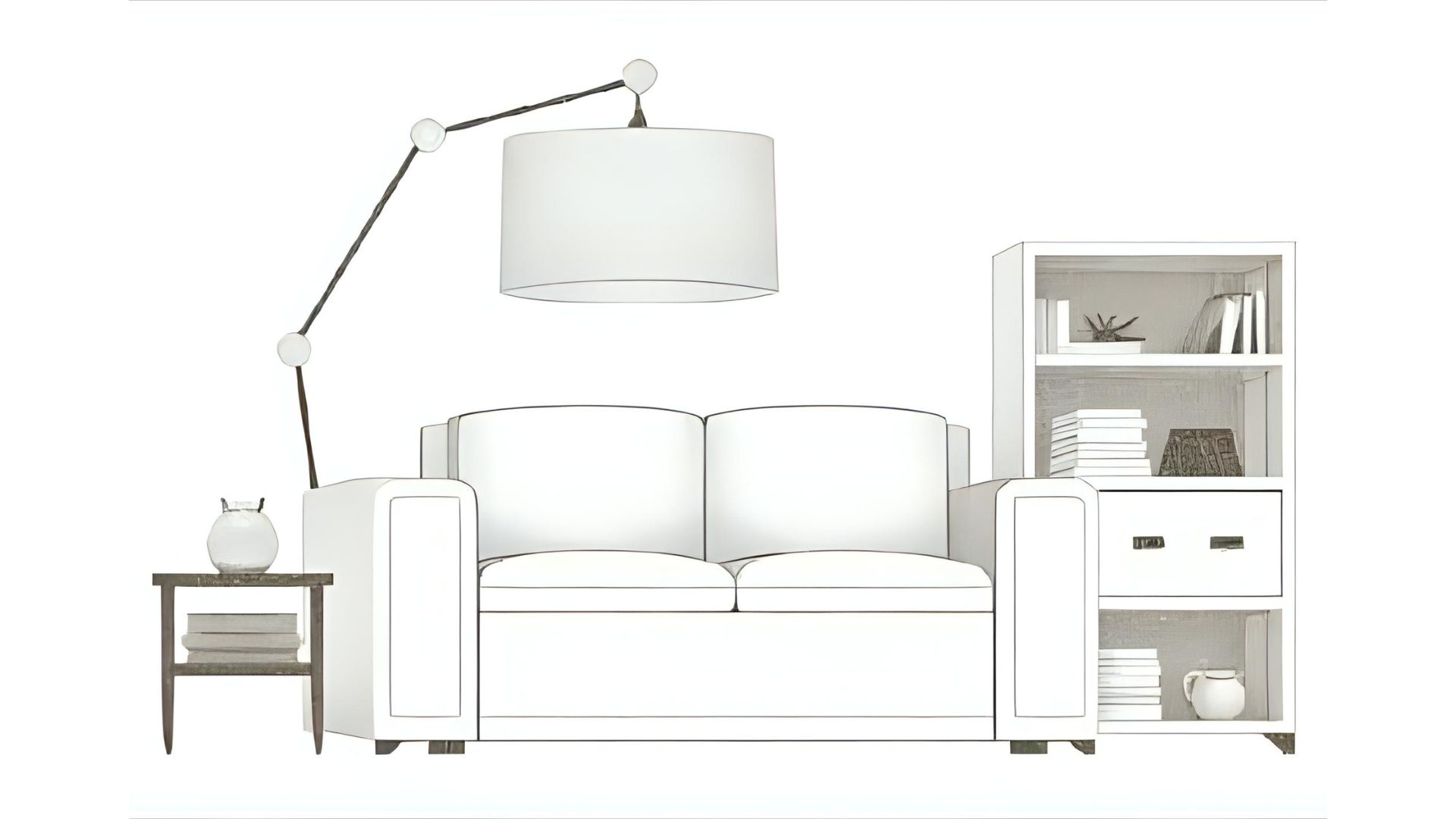Key Takeaways:
- Why your apartment feels louder than it should, and what that noise is actually doing to your brain.
- 7 sound-softening hacks you can try today, no tools or landlord permission required.
- How small changes like rugs, bookshelves, and bedtime audio can help you reclaim your calm.
So here’s the deal: I love my apartment. It has decent light, okay-ish neighbors, and I’ve finally figured out where to put the sofa so it doesn’t block the Wi-Fi. But as I shared before, there’s one thing I cannot get used to, and that is the noise.
Some mornings, it could be heavy footsteps above my head that sound like a toddler doing CrossFit. Other times, it’s “important” hallway conversations that might as well be happening in my kitchen. And please don’t get me started on the plumbing that whines like it has unresolved emotional trauma.
The main problem is that I am renting. I can’t exactly knock down walls or install fancy systems that isolate the noise. But I also can’t keep pretending this daily noise is just part of the city life. I need some quiet time, or at least, less chaos.
So I’ve gone on a little mission. Not a full-blown renovation, but a realistic, budget-friendly hunt for soundproofing hacks that won’t get me in trouble with my lovely landlord (or my bank account).
Some of these I’ve tried. Some are new and genuinely interesting to me. But all of them are renter-safe, reversible, and designed to help your home feel a little more like the quiet haven it should be.
Let’s dive in.

Why It’s So Noisy in Here
Has it happened to you before that you hear your upstairs neighbor sneeze… and you instinctively say “Bless you” out loud? Yes? Same.
Apartments, especially rentals nowadays, are just not built with soundproofing in mind. Engineers or landlords go for what’s fast, cheap, and almost functional. And while that may work for plumbing and square footage, it’s often terrible for peace and quiet of the people renting.
Here’s why your place could be intensifying noise instead of softening it, and what your body’s quietly going through because of it.
Thin Walls, Loud Lives
As we have figured out already, most rental apartments are made with lightweight materials like drywall and basic framing, which do a pretty terrible job at blocking sound. Add in hard floors, open layouts, and vents that double as sound tunnels.
And let’s be honest, most of us aren’t exactly living in soundproof bubbles. We’ve got neighbors, traffic, barking dogs, and the occasional upstairs bowling league (or at least, that’s what it sounds like). It’s not you. It’s the walls.
Scientifically, this comes down to how sound travels through air and solid structures. Airborne noise (like voices or music) moves in waves that bounce off hard surfaces. Without soft or dense materials to absorb or deflect those waves, the energy passes right through drywall and into your space.
On the other hand, low-frequency sounds like bass or footsteps are even harder to block, because they travel through solid materials like floors and framing (known as structure-borne noise).
According to the CDC’s environmental noise guidelines, common indoor sounds in multifamily housing can reach 50-60 dB during daytime, which is already well above the WHO’s recommended nighttime indoor maximum of 30 dB for healthy sleep.
Your Brain on Noise
Here’s something I didn’t fully realise until I started digging: your brain doesn’t just hear noise, it reacts to it, whether you want it to or not.
According to a 2021 paper in Frontiers in Psychology, exposure to unpredictable noise, especially low-frequency sounds commonly transmitted through walls and floors, can negatively affect working memory and reduce task performance by up to 25%.
That’s because low-frequency noise, like deep rumbles or thumps, is harder for the ear to block out and travels more easily through building materials. Your brain ends up devoting more energy to filtering irrelevant stimuli than focusing on what matters.
In studies by Germany’s Federal Environment Agency, researchers also found that indoor environmental noise, even below 60 dB, contributes to higher levels of norepinephrine, the hormone linked to our stress response. This confirms that sound pressure levels below the threshold of pain can still be biologically stressful.
So if you’ve been feeling more tense or tired, it might not be your schedule. It might be your walls, as we’ve figured out together.

7 Hacks That Muffle Noise Without Breaking Your Lease
Alright, now let’s dig into the fun stuff. These tips are all low-commitment, budget-friendly, and landlord-safe. And most importantly, there are no drills involved and no construction.
Just a handful of small changes that can help dial down the noise and give your nervous system some well-earned rest.
1. Softening the Stomp
If your apartment has hard floors, then rugs are your first line of defence against noise. Not just the noise you make, but also the kind coming from your neighbors below.
The trick? Use a thick rug with a dense rug pad underneath. That combination of materials helps absorb impact noise and reduces the bounce of sound in echoey rooms. Even better if you layer rugs in key areas, such as under your bed, couch, or hallway.
Research from the Building Services Research and Information Association (BSRIA) shows that carpets and rugs can reduce airborne noise levels by up to 25-34 dB, depending on pile thickness and density. This might not sound like much, but it’s enough to shift your space from echo-chamber to cozy.
Rug pads don’t need to be fancy. A decent foam or felt one will do the job. Just make sure it covers most of the rug’s surface area so it doesn’t slide around.
2. Sealing the Gaps
Doors and windows are like the weak spots in your apartment’s armour against noise. Even a small gap under your door, that’s not too noticeable, can let in hallway conversations like it’s on speaker.
Start with a door sweep. Even a simple strip that blocks the space between your door and the floor. Then, check around window frames. If you feel air coming through, sound is probably sneaking in through there as well. Weather stripping or adhesive foam tape can seal those gaps without any damage to the structure.
Bonus: You’ll also save a bit on heating and cooling. Win-win, right!

3. Curtains
You know how heavy curtains block out light? Well, they can help with sound, too.
Blackout or thermal-insulated curtains are usually made with thick, layered fabric that absorbs sound waves, especially high-frequency ones like traffic or distant conversations. They won’t make your room silent, but they’ll dull the sharp edges.
Got a wall that faces a noisy street? Try hanging curtains across the entire wall, not just the window.
4. Bookshelves
Surprise: your IKEA shelf can double as a sound barrier! Placing a fully loaded bookshelf against a shared wall adds mass. That is something sound doesn’t travel through easily. Books, especially hardcovers, absorb sound waves.
Studies from the Journal of the Acoustical Society of America show that “mass loading”, as in adding dense materials to lightweight walls, can reduce sound transmission by 10 to 20 dB, depending on how well the wall is covered. A tightly packed shelf acts almost like an improvised barrier wall, especially for mid-frequency noise like music or TV.
Just make sure the shelf fits snugly against the wall and is filled in. If books aren’t your thing, you can mix in boxes, baskets, or folded blankets to fill out the space and get a similar effect.

5. Double Duty Furniture
If you’ve got a thin wall separating you from a noisy neighbour, or even worse, their TV, then use your largest, heaviest furniture to your advantage.
Couches, wardrobes, dressers, and even headboards can absorb a surprising amount of noise. Just scoot them up against the loudest walls. If you can shift your bed away from the noisiest wall and replace it with a wardrobe or bookshelf, even better.
Pro tip: A thick headboard does more than look fancy. It muffles sounds that would otherwise bounce around your bedroom.
6. Acoustic Panels
Okay, so this one’s new to me, but really intriguing.
I have been looking into removable acoustic panels designed specifically for renters. They’re lightweight, stick on with adhesive strips or velcro, and you can find ones that look more like art than audio gear.
Why are they effective? Here’s what I found at the start of my research: Acoustic panels reduce reverberation time, which is the length of time a sound lingers in a room. A well-treated room can cut this by over 60%, making it easier to concentrate, sleep, or take a Teams call without background chaos. Panels made from dense foam or mineral wool can absorb up to 90% of high-frequency sound waves, depending on placement and thickness, according to industry lab tests.
I haven’t tried them yet, but I’ve started bookmarking options. They seem especially useful for rooms with lots of echo, or if you’re working from home and want to soften sound during video calls. Definitely one I’ll be researching more soon.
7. White Noise
Sometimes the best defense is… more sound. But the right kind.
White noise machines, apps, or playlists create a consistent audio blanket that masks sudden noises. I mentioned it briefly in the previous blog post, how white, pink, and other colorful noise can actually help with reducing stress.
In fact, here is what studies found out:
Using white or pink noise while sleeping can shorten the time it takes to fall asleep by up to 38%, and help people stay in deeper stages of sleep longer.
The even, steady nature of the sound helps your brain block out irregular external noise spikes, like your neighbour’s late-night kitchen karaoke.

Will These Fix Everything?
Let’s be honest, no rug or curtain is going to make your apartment sound like a recording studio. Your neighbor will still exist. Their toddler will still run. Someone, somewhere, will drop a pan at midnight.
But here’s the thing, you’re not trying to eliminate all sound. You’re trying to soften the sharp edges. To muffle the chaos just enough so your brain and body can breathe a little easier.
And these renter-friendly hacks? They do exactly that. You might still hear the noise, but you’ll feel it less.
Even one or two small changes can create a noticeable impact. You fall asleep faster, and you don’t flinch every time someone walks by your door.
It’s not silence. But it’s peace. And that’s enough.
Peace on a Budget Is Still Peace
You don’t need a renovation budget or a soundproof bunker to make your apartment feel calmer. You just need a few smart tweaks. A little softness. Some intention.
These aren’t big, showy fixes, but they add up. A thick rug here. A well-placed shelf there. Maybe some bedtime stories and pink noise to help your brain slow down.
Even if you’re just renting, even if the walls are thin, you still deserve a sense of quiet. And it turns out, you can get closer to it than you think.

Leave a Reply